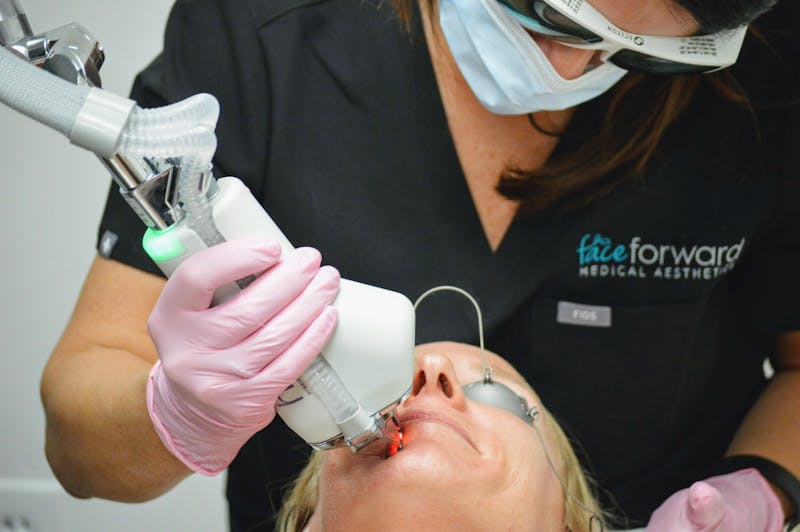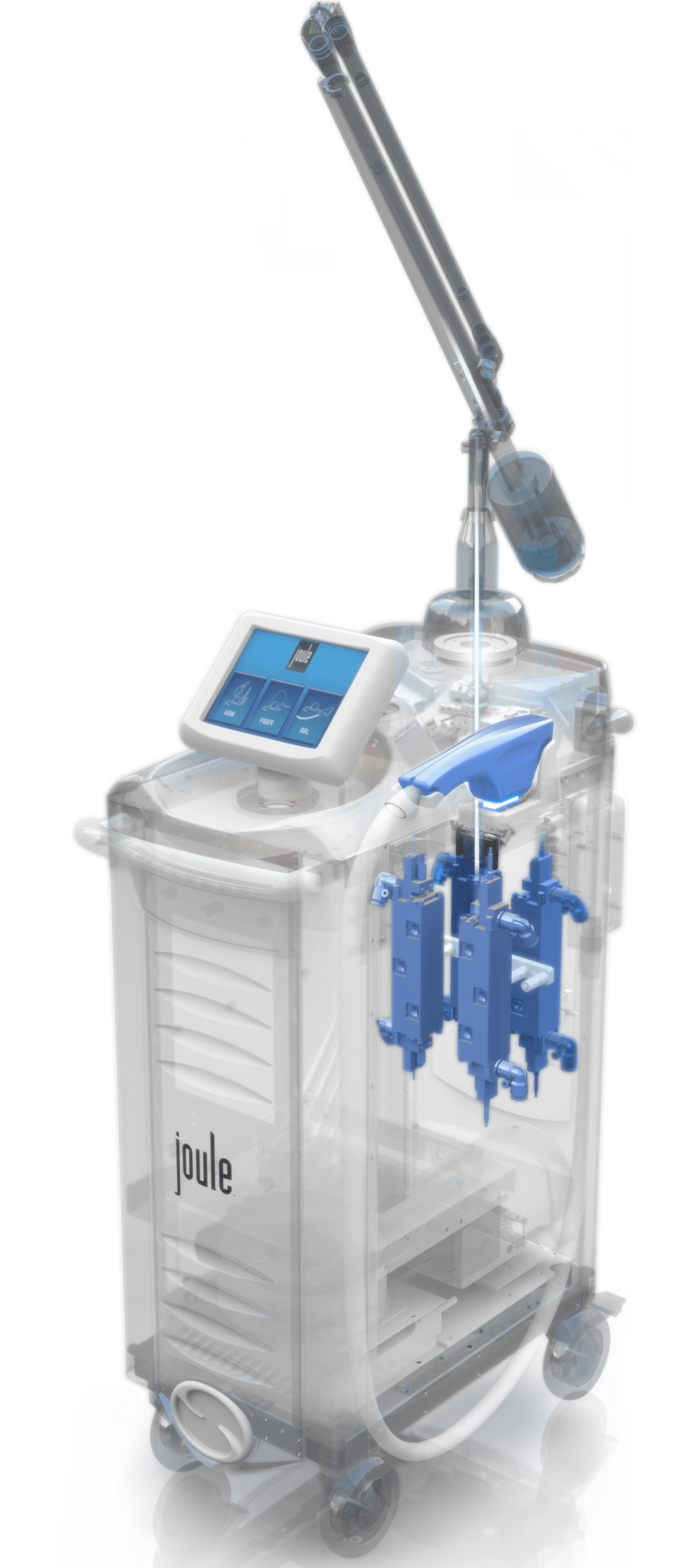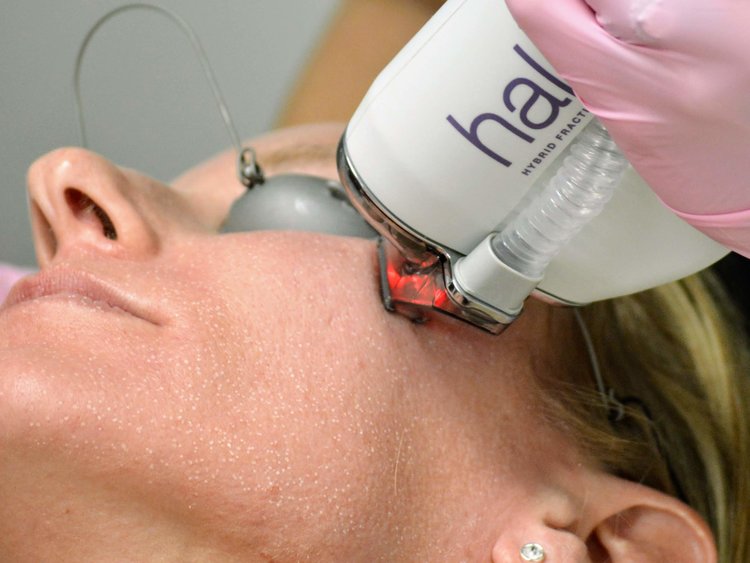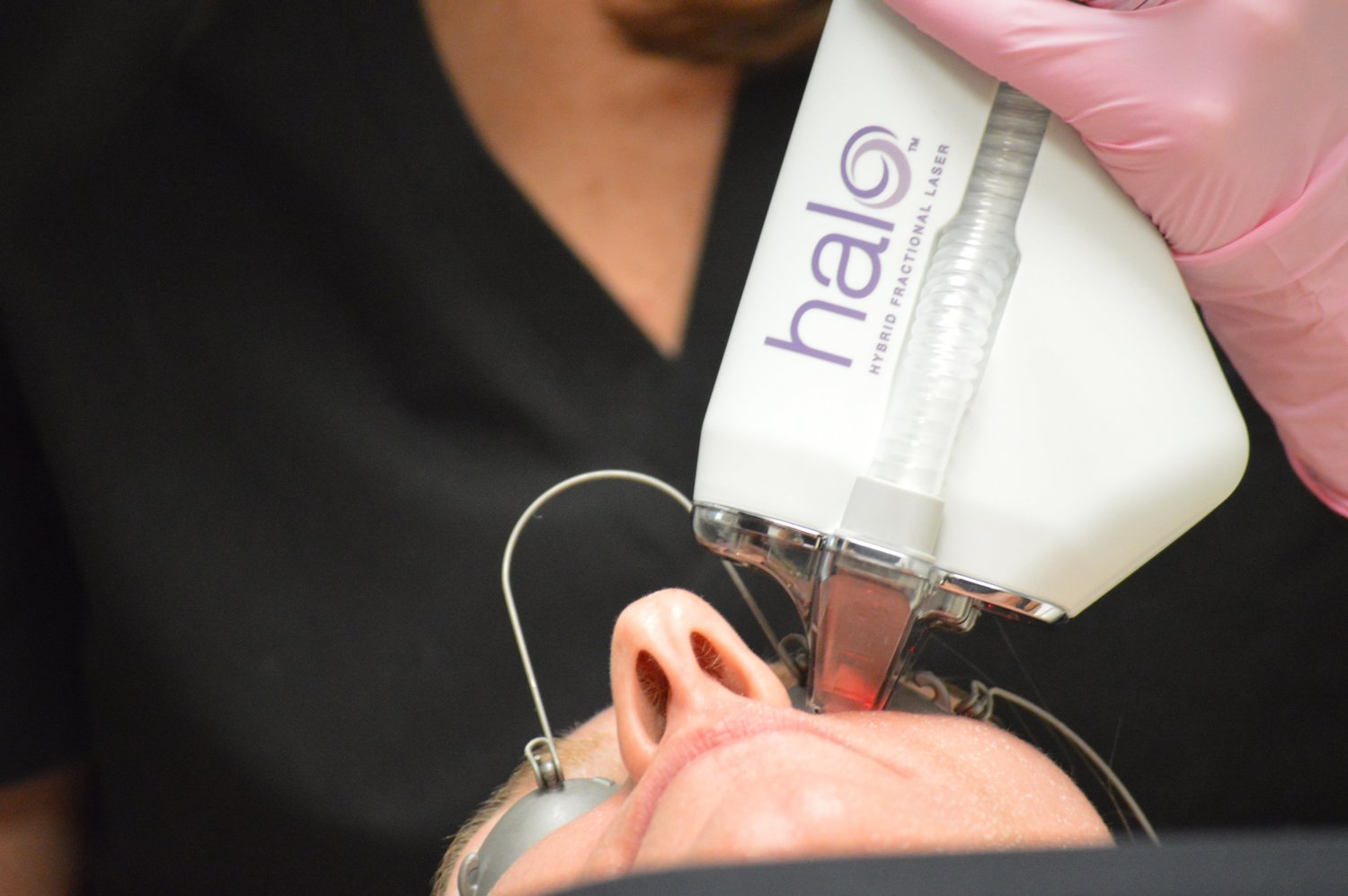
You probably know that there are thousands of options available for getting smoother, clearer skin. Not only are there peels, lasers, injections, facials, microneedling, and the next big anti-aging thing around the corner, but there are also different companies offering their own special version of each of these.
At Face Forward Medical Aesthetics, we try not to be so overwhelming. Instead of offering 10 different laser skin resurfacing treatments, for instance, we have the one we consider the best, Halo Hybrid Fractional Laser. Here, I'm going to give you a little behind-the-scenes peek at how we make decisions about what to offer patients.
1. Spot patients’ skincare needs.
We already knew that Botox and fillers would take care of a lot of our patients anti-aging needs, helping reduce wrinkles by taking care of a loss of collagen and fat. But what about those who want to reduce their pore sizes, improve collagen production, or get rid of acne scars and the dark spots from sun damage? For that, we realized, we would need resurfacing treatments, such as lasers.
2. See what’s out there.
By attending conferences, reading journals, and searching online, we found out about the newest developments in the aesthetic laser technology. With so many companies manufacturing lasers for skin treatments, it takes some professional expertise to be able to sort through all the information available and narrow down the options.

In this case, we learned that Sciton, the makers of the Halo's JOULE laser platform, had a great reputation among insiders for quality engineering.
3. Conduct field research.
This is a popularity contest. Professional opinions are great and all, but to get a sense of what real-world patients like best, we visited the site RealSelf.com. There, people post reviews about the procedures they've had and rate whether the treatments are "Worth It." Halo Laser has a 91% Worth It rating, which is considerably better than the 69% of competitor Fraxel laser. Patients really seem to like how it minimizes their acne scars and gets rid of age spots.
4. Dig into the science.
Once we had an idea of which procedure we want to offer, we kept researching it. You may not need to know the best wavelengths for ablative and non-ablative fractional lasers, or what Dynamic Thermal Optimization is, but you'll be happy to know that we do. We looked beyond the company's sales pitch and examine published research on their technology. They needed to have some hard proof to back up all those impressive terms.
5. Study before and after photos.
Of course, there's also the proof we saw in photos. And sure, companies can try to doctor photos to suit their needs, but when you've seen as many as we have, you're usually able tell what's real. In the case of Halo, the results from even a single procedure were jaw dropping, even after just one treatment.
6. Hit the road.
When we were convinced enough, we decided to visit the practices that were already using the procedure. We went to the top med spa in the country that's offering Halo to get a better sense of how it works.
7. Pay up.
Finally, we buy the equipment. Wish we could skip this step!
8. Train, train, train.
You, dear patients, are not our guinea pigs. Before we begin wielding any tool in our offices, we learn and practice on it. For the Halo, we hopped on a plane and spent a week getting advanced, hands-on training at the spa we believe is the best in the country for Halo laser treatments.

There, we learned that the magic of skin resurfacing doesn't just come from having the right tool.
It's got to begin with a serious consultation in which we listen to patients' concerns (including cost, pain level, and recovery time). With all that in mind we can develop a treatment plan and calibrate the laser to the correct settings for the individual patient. After that, it's also very important that we're available for follow-up concerns.


